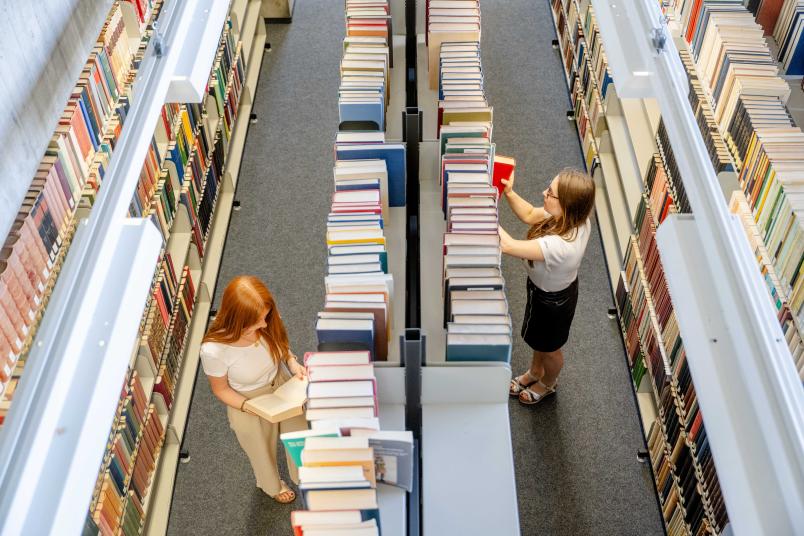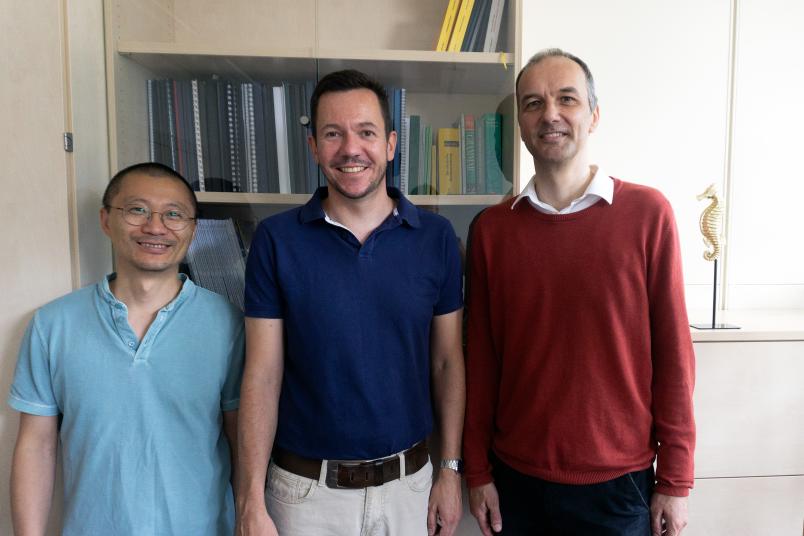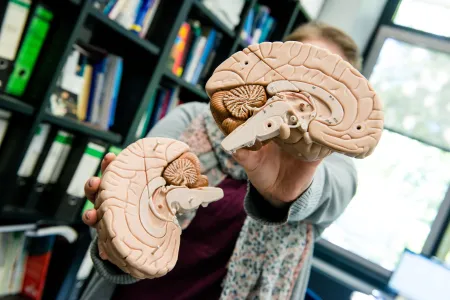
Neuroinformatics
Storing Memories Without Destroying Previous Ones
The brain is constantly storing new experiences that it has to integrate into the jumble of existing memories. Surprisingly, it does not overwrite previous memory traces in the process.
The first day of school: entering the classroom for the first time, the excited feeling in your stomach and the joy of having a school bag – these are all typical examples of memories from our episodic memory. It stores unique personal episodes in a temporal and spatial order and links them to subjective experiences. In a study at the Institut für Neuroinformatik at the Faculty of Computer Science of Ruhr University Bochum, Germany, a team led by Professor Laurenz Wiskott has developed a new computer model of episodic memory and thus made significant progress in understanding the hippocampus – the region of the brain that is crucial for the formation of new episodic memories. The work was published on June 20, 2024 in the journal PLOS ONE.
Reliably storing sequences without destroying previous memories
Episodic memory is an important basis for our personal life story. It helps us to form our identity by storing and connecting past experiences and events in the right order. “This happens through changes in the connections between the nerve cells in our brain,” explains Laurenz Wiskott. “A so-far unexplained phenomenon was how the human brain is able to make these changes without forgetting other memories – even though the experience is only seen exactly once and therefore cannot be slowly and carefully integrated into the circuit diagram of the nerve cells.” The Bochum researchers’ innovative computer model makes it possible to recreate precisely this natural ability of the human brain: To reliably store sequences after a single presentation without destroying previous memories.

The model focuses on the principles of self-organization in the hippocampus and is based on the CRISP theory of Profssor Sen Cheng, also a researcher at Ruhr University Bochum. The abbreviation stands for Content Representation, Intrinsic Sequences, and Pattern Completion. In particular, the model redefines the function of the so-called CA3 region in the hippocampus. “Previously, it was assumed that episodic memories were stored directly in the CA3 network,” says first author Dr. Jan Melchior. “However, we now use the CA3 region only as a kind of anchor point for memory. Storing takes place in the regions that come before and after CA3.”
A neural network like a well-organized library
To achieve this, the research team trained the CA3 region in their model with pre-information and thus, figuratively speaking, set up a well-organized library in CA3. “When new books, i.e. new experiences, are added, the library does not have to be completely reorganized. Instead, the new books are added to the existing structure and linked to existing shelves and categories,” continues Jan Melchior. This saves time and keeps the library well organized.
The CA3 region remains stable in the model and can work efficiently without the need to constantly adapt its internal structure. This makes the processing and storage of information faster and more reliable. Neural changes during the learning process occur exclusively in adjacent regions.
The results of the simulation convinced the researchers. “I still regard the robustness of the model as surprising,” says Laurenz Wiskott. “Even with incomplete or incorrect cues, a single presentation of a pattern sequence can be reliably stored, remembered and retrieved.” “The model works not only with artificially generated sequences, but also with handwritten numbers and natural images,” adds Jan Melchior. ”It can also improve itself without additional input by repeatedly replaying what it has learned.”
Project is a part of a larger concept
The study is part of a larger research project focusing on episodic memory. “We assume that incomplete personal memory content and general semantic knowledge complement each other and help to retrieve plausible memories – even if they are not always entirely accurate,” explains Laurenz Wiskott, who has been conducting research in the fields of machine learning and computational neuroscience at Ruhr University Bochum since 2008 and is a Principal Investigator in the Research Department of Neuroscience. This larger concept is currently being explored in the research unit FOR 2812 “Constructing Scenarios of the Past: A New Framework in Episodic Memory”, funded by the German Research Foundation.
